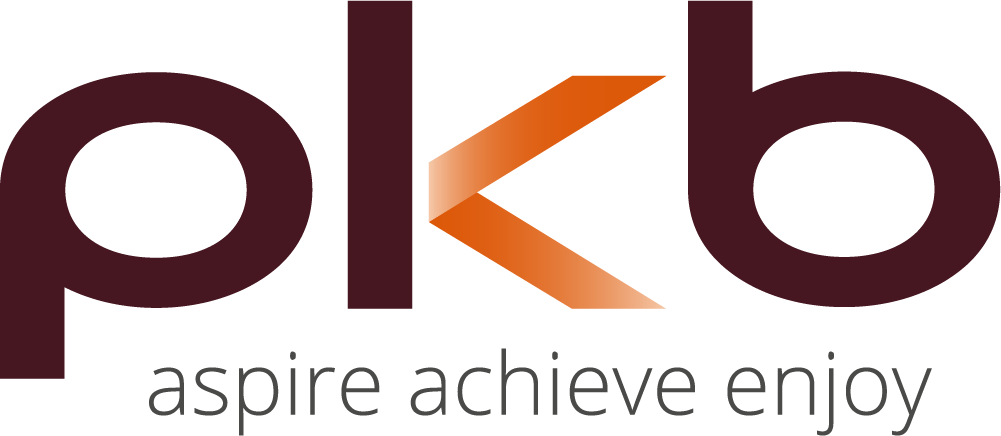Making Tax Digital (MTD) has been a hot topic for months and it’s finally here.
As of April 2019, businesses with a taxable turnover above the VAT-registration threshold (£85,000) are obliged to keep records in digital form and file their VAT returns using HMRC-approved software.
While reminders about MTD have been everywhere, the rules are complicated and many businesses are still struggling to get their heads around it. Despite this, there are serious penalties for getting it wrong.
Below we’ve put together a list of everything you need to know about registering for Making Tax Digital. Further information can be found on our MTD services page or you can of course give us a call or drop us an email.
VAT Notice 700/22
You might not be familiar with 700/22 but it’s the definitive record of exactly what needs to be done, by whom and by when.
It can be complicated for even a trained accountant to understand and the fact it has been updated many times only adds to the confusion.
VAT Notice 700/22 was first published in July 2018. Many people skipped straight to the section on exemptions – if there was a way to get out of this obligation, they wanted to know about it.
The main exemption, for businesses with turnovers below £85,000, was already well known. There was also confirmation of exemptions on the grounds of insolvency, religion and the impracticality of using digital tools because of ‘age, disability, remoteness of location or for any other reason’.
Though this first version was fairly clear and comprehensive, and certainly more so than any prior guidance, it did prompt questions.
For example, the guidance suggested that any business whose taxable turnover had ever gone above the VAT-registration threshold would be required to comply with MTD for VAT from 1 April 2019.
This was however a mistake. In fact, only turnover for the 12 months ending immediately before the date of the turnover test (so, from 1 April 2018 to 31 March 2019) has to be taken into consideration.
This was corrected in an update in January 2019, with that line being completely removed by HMRC.
Another question was about how much room for manoeuvre was embedded in the clause on exemptions for age, disability and location.
To answer that, on 28 February 2019, a revised version of the document was quietly released offering further clarification:
“You’ll be exempt if it’s not practical for you to keep records digitally because of your location. For example, if you cannot get internet access at your home or business premises and it’s not reasonable for you to get internet access at another location… [or because] of a disability. For example, if you cannot use a computer, tablet or smartphone for the amount of time it takes to keep digital records for your business”.
Crucially, it headed off the risk of people exempting themselves on the grounds that they simply felt they were too old to have to bother:
“You might not be exempt if you believe you should be exempt purely because of your age. HMRC will consider how your age and circumstances impact your ability to follow the rules for Making Tax Digital.”
In other words, the Government won’t declare an absolute cut-off for automatic exemption, it intends to judge each case on its own merits.
It also countered a suggestion circulating in discussions around MTD that people might mischievously declare themselves part of a religion forbidden to use computers in order to dodge the obligation.
This update specified that those who make such claims, despite having used computers and smartphones at work prior to this point, or are currently using them in their personal lives, would probably not be exempt.
Software soft landing
One concession made by HMRC is around the links between individual pieces of software within your business.
It’s a legal requirement under MTD that the programmes you use for recording and processing financial information connect with each other fully and are purely digital. In other words, you shouldn’t be manually copying information across from one to another, or even cutting and pasting between programmes.
The link either needs to be automatic, or work through some sort of ‘import data’ function, removing (or at least reducing) the potential for human error or fraud. In practice however, the Government has decided to permit a year’s grace, up until 31 March 2020 for most users.
This will allow businesses to keep cutting and pasting while they work out how to integrate their various software packages or at least give them time to source and roll out new ones.
What you need to do right now
If you handle your own VAT returns, there are a few things you need to straightaway. If you haven’t done these already, please be aware that there are penalties for failing to comply.
- Make sure you have MTD-compatible software. A list of approved packages is available on the HMRC website, including some that are free.In many cases, you will also be able to use your existing software, including spreadsheets, as long as it is capable of communicating directly with HMRC’s systems, or works with ‘bridging software’ that can perform that function.
- You then need to make sure the MTD capabilities of your software are enabled, before delegating authority to the software via your Government Gateway account.
- Then, you need to register for MTD, also via the Gateway. Be aware however: once you’ve signed up to manage your VAT returns via the Making Tax Digital process, you can’t go back.
- Head over to our ‘Get Ready to Make Tax Digital checklist’ to make sure you haven’t forgotten anything.
The easy way
If we’re already handling your accounts, that makes the registration process considerably easier. We’ll already have the appropriate access to your HMRC account and simply need to ‘link existing clients’.
Talk to us today
If you’re not a client but would like advice on ensuring compliance with MTD, or help with your VAT returns, please don’t hesitate to get in touch now.

Andy Penfold
Accounts & Business Development Manager
To read news and blogs from Andy Penfold, click here >>


